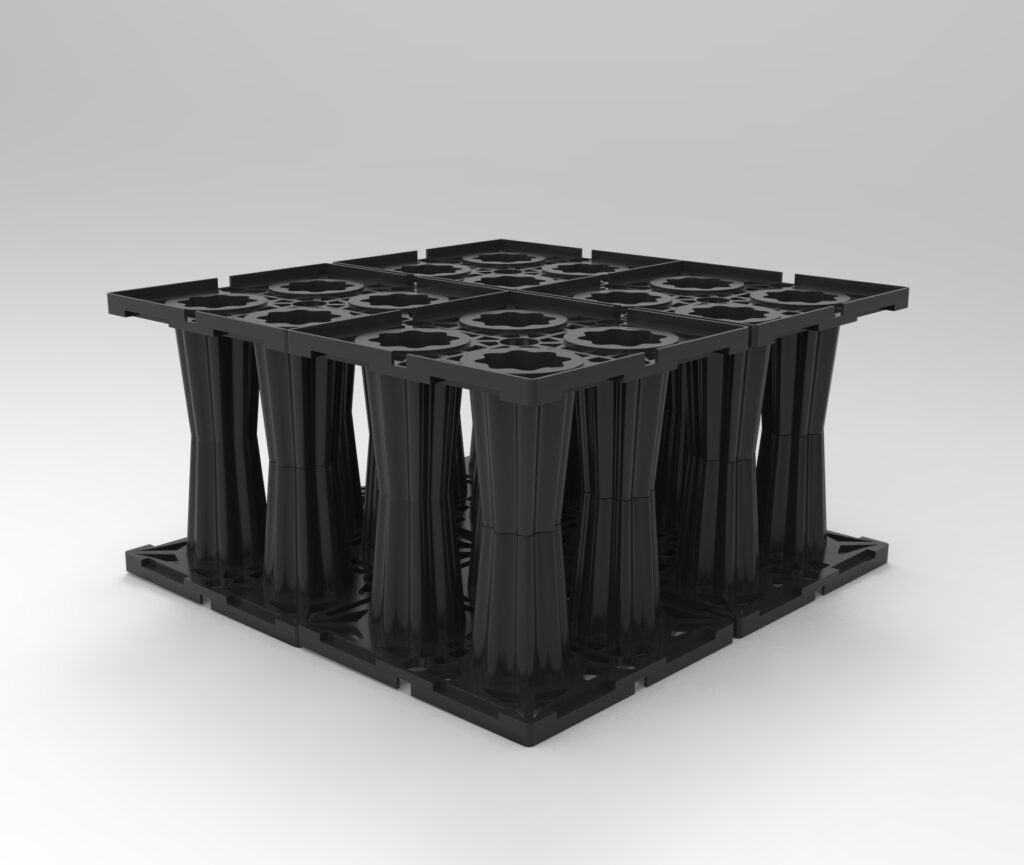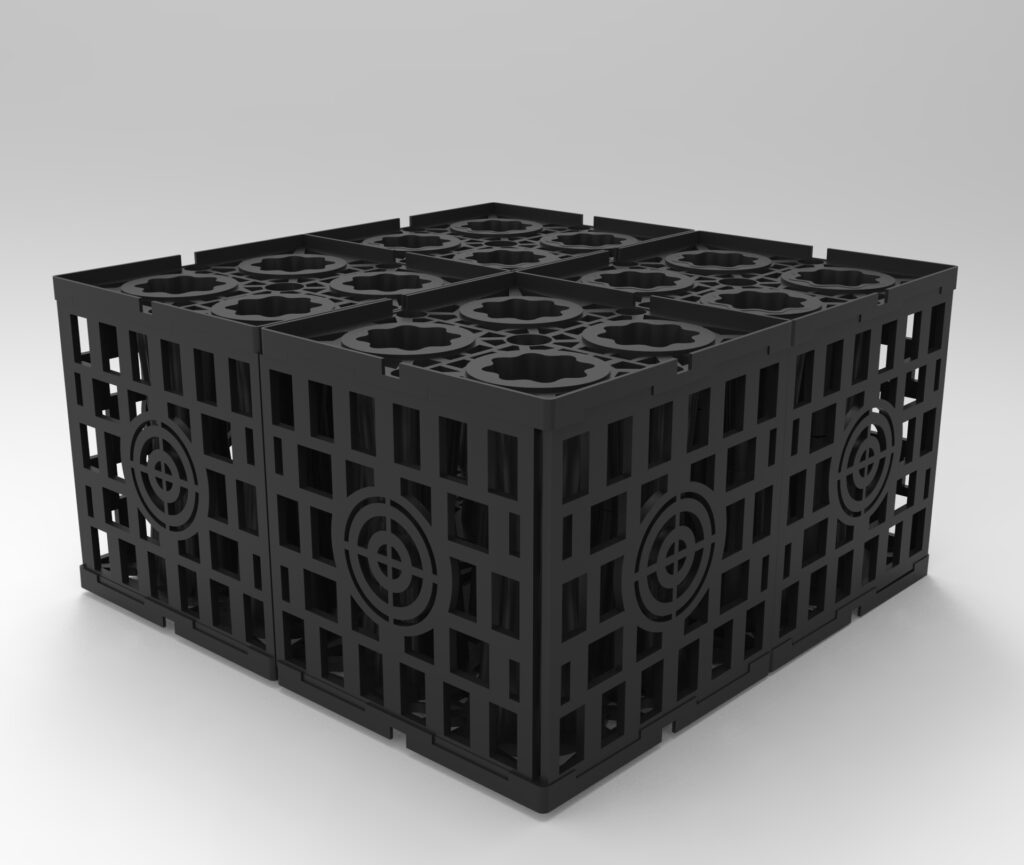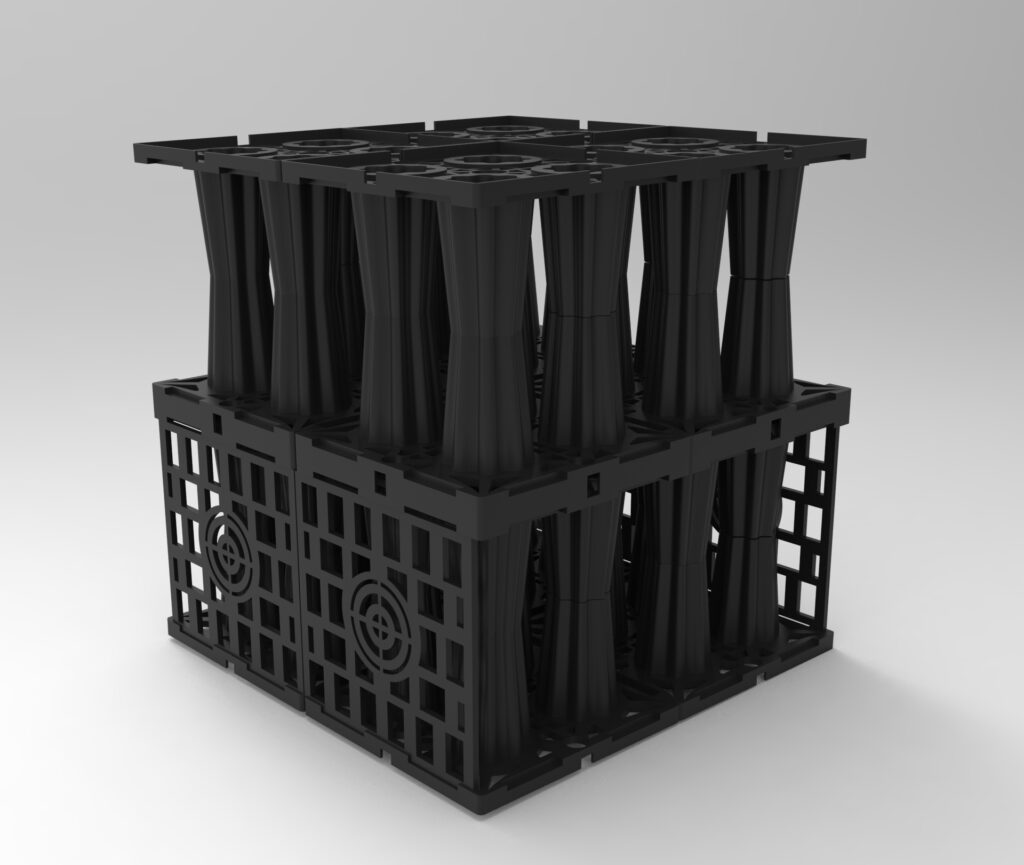An Overview:
Rainwater harvesting (RWH) is a sustainable practice that involves collecting and storing rainwater for reuse rather than allowing it to run off into drainage systems. This method not only conserves water but also aids in stormwater management, significantly reducing the risk of flooding and erosion. Below, we explore the components, benefits, and considerations involved in implementing a rainwater harvesting system.
Components of a Rainwater Harvesting System
Catchment Area: The catchment area is usually a roof or another surface designed to collect rainwater. The materials and design of this area are crucial, as they directly influence the quality of the harvested water. For instance, metal roofs may yield cleaner water compared to asphalt shingles, which can leach contaminants.
Gutters and Downspouts: These components channel the collected rainwater from the catchment area into storage tanks. Proper installation and maintenance of gutters and downspouts are vital to prevent leaks and ensure efficient water flow, thus maximizing the system’s efficiency.
Storage Tanks: The harvested rainwater is stored in tanks, which can vary widely in size, ranging from small barrels to large underground cisterns. The choice between above-ground or underground tanks depends on factors such as available space, aesthetic preferences, and local regulations. Tanks should be constructed from materials that minimize contamination and protect the water from algae growth.
Filtration System: To ensure that the collected water is safe for use, a comprehensive filtration system is essential. This may include first-flush diverters to discard the initial dirty runoff, as well as additional filters to remove finer particles and pathogens. Depending on the intended use of the water, advanced purification methods, such as UV treatment or reverse osmosis, may also be employed.
Distribution System: This includes pumps and piping that transport the harvested rainwater to its point of use, whether for irrigation, toilet flushing, or even potable applications after appropriate treatment. A well-designed distribution system enhances the efficiency and functionality of the RWH system.

Benefits of Rainwater Harvesting
Water Conservation: RWH systems provide an independent and sustainable source of water, particularly beneficial in regions with limited access to municipal water supplies or during drought conditions. They empower users to take control of their water resources.
Cost Savings: By decreasing reliance on municipal water sources, users can significantly lower their water bills. Furthermore, rainwater is generally free from salts and other contaminants often found in groundwater, making it an attractive alternative for irrigation and non-potable uses.
Flood Mitigation: Collecting rainwater effectively reduces surface runoff, thereby helping to alleviate flooding in urban environments. By decreasing the volume of stormwater that enters drainage systems, RWH systems can enhance the resilience of urban infrastructure.
Environmental Impact: Utilizing rainwater harvesting contributes to the recharge of groundwater supplies and alleviates pressure on local rivers and lakes. This practice promotes overall environmental sustainability by maintaining hydrological balance and preserving ecosystems.

Considerations for Implementation
System Design: The complexity of RWH systems can range from simple setups with minimal installation to sophisticated systems equipped with automated controls. It’s essential to design a system tailored to specific water needs while taking local rainfall patterns and climate conditions into account.
Maintenance: Regular maintenance is critical for ensuring that the system functions optimally. This includes routine cleaning of gutters, inspecting and replacing filters, and checking storage tanks for leaks or signs of contamination.
Water Quality: Although rainwater is generally considered clean, it can become contaminated during the collection and storage process. Proper filtration and treatment are crucial if the water is intended for drinking or cooking, ensuring it meets health standards.

Conclusion
Rainwater harvesting systems present a practical solution for enhancing water security while promoting sustainable practices. By effectively capturing and utilizing rainwater, individuals and businesses can contribute to environmental conservation efforts while reaping economic benefits. As global awareness of water scarcity and sustainability issues increases, Integrated Rain Water Utilization in both urban and rural settings, marking an important step towards resilient water management.

